Recorded last week in front of a live audience at a meeting of the Sun City/Lincoln Hills (CA) garden club. Included a Power Point presentation, which I mistakenly referred to as “slides”. And yes, I still have a slide projector in a closet somewhere, along with a box of slides of my cross-country bicycle trip in 1988. It’s probably next to the Betamax VCR and the Sony 630-D reel-to-reel stereo recorder (sweet!). But, at least I know what a “podcast” is!
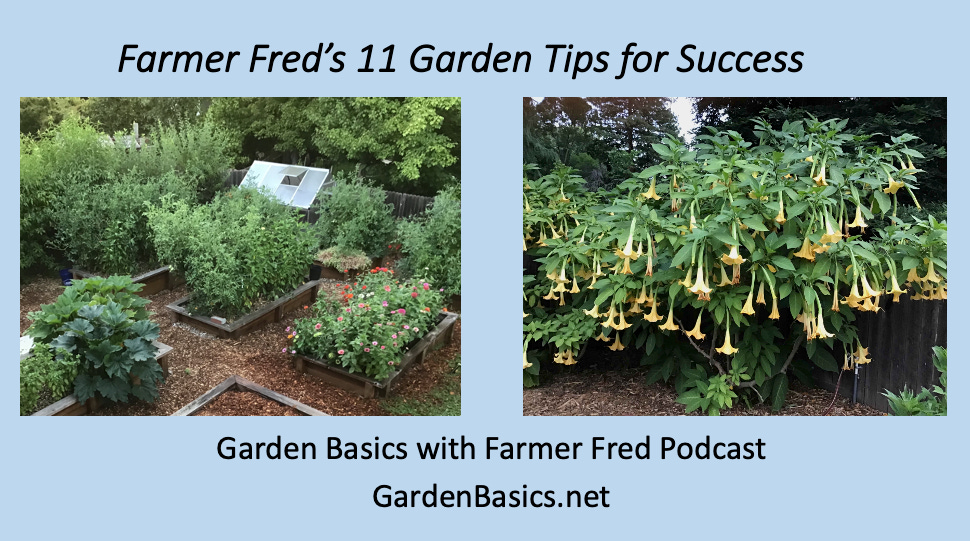
1. ALL GARDENING IS LOCAL. In your own yard, there are microclimates where certain plants will have a better chance for success. For example, monitor the morning low temperatures in various areas of your yard to find the warmest home for citrus trees. Just moved to a new home and wondering what grows well there? Take a walk through your neighborhood. Mimic the garden successes that you see.
2. KNOW YOUR SOIL. A complete soil test will let you know what nutritional elements your soil is missing, including nitrogen, phosphorus and potassium; and, micronutrients such as calcium, magnesium, boron, iron zinc, sulfur and others. University of Massachusetts/Amherst, Colorado State University, and Texas A&M offer a complete soil test at very reasonable rates. For the do-it-yourselfer, there are variety of test kits available for testing pH (Rapitest), and LaMotte kits for pH as well as Nitrogen, Phosphorus and Potassium. All plants are adapted to a certain pH range of soil acidity or alkalinity. Monitor your soil moisture with a soil probe, moisture meter, trowel or screwdriver.
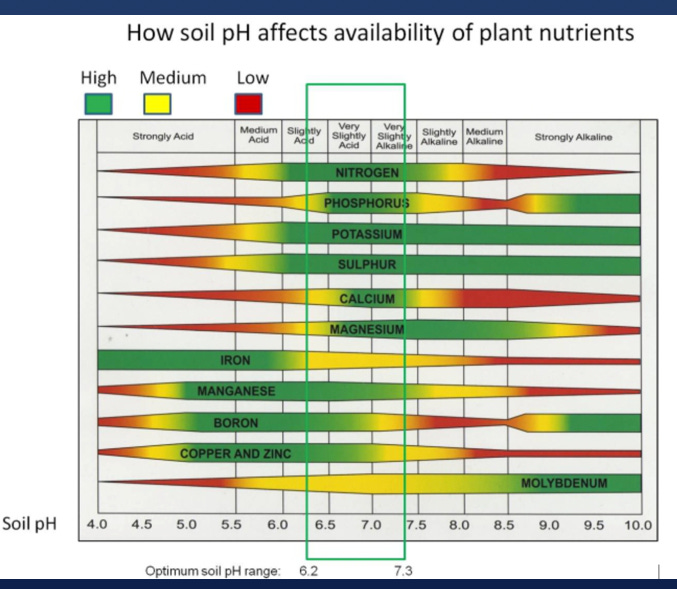
3. RIGHT PLANT, RIGHT PLACE. In our area, roses won’t bloom in full shade and many tomato varieties won’t produce fruit. On the other hand, winter daphne, impatiens and hydrangeas will croak in full sun. Know the sunlight requirements for your plants in your location. The Sunset Western Garden book is a good source for finding out how much sun or shade your plants need where you live.
4. MULCH, MULCH, MULCH. Benefits of mulch: Retains moisture. Keeps soil temperature constant, reducing plant stress. Suppresses weeds. Gradually increases soil organic matter, feeding the soil. Attracts beneficial organisms that improve soil fertility and porosity. Mulch encourages healthier plants, reducing the needs for pesticides and fertilizers. Protects roots and plants from mechanical injury. On hillsides and around rural homes, it suppresses the spread of brush fires.
5. MOTHER NATURE BATS LAST. When you apply broad-spectrum synthetic insecticides, the bad bugs will eventually find a way to overcome that issue, usually developing a resistance to that chemical. The same is true of weeds, treated repeatedly with herbicides. To battle the bad bugs, lend Mother Nature a helping hand. Limit the use of insecticides and provide the right plants for food and shelter for beneficial insects. Build it and they will come.
6. WHAT’S OLD IS NEW AGAIN. Growing heirloom fruit and vegetables is not a passing fad. A University of Texas study showed that older varieties of vegetables are more nutritious than their newer, hybrid counterparts. Beneficials are attracted to the fragrance of older flower varieties. In the Sierra Foothills, the Felix Gillet Institute is rescuing Gold Rush-era fruit and nut trees. These abandoned specimens, uncared for since the 1800’s but still thriving, may hold the key for future drought tolerant plants as well as a gene pool for adding pest and disease resistance to new varieties.
7. EVERYTHING YOU KNOW IS WRONG. In the 1940’s & 50’s, DDT was available to home gardeners as a pesticide. Turns out, it caused cancer and killed birds. In the 1960’s-70’s, the Modesto Ash was considered the “perfect shade tree” for the Central Valley of California. Turns out, it is susceptible to anthracnose, mistletoe and is no longer recommended. In the first decade of the 21st century, the pesticides Diazinon and Dursban were taken off store shelves for health reasons. Proven ineffective, despite claims to the contrary: Vitamin B-1 for transplant shock, store-bought ladybugs, and tomato calcium spray to cure blossom end rot.
8. IF IT WORKS FOR YOU, FINE; BUT KEEP AN OPEN MIND. If you're using safe gardening techniques that others frown upon - and those techniques are working…well, who are we to tell you to stop? Still, new research, techniques or equipment may make your chores a heck of a lot easier and satisfying. Today’s solution could become tomorrow’s problem. Be open to change.
9. READ AND FOLLOW ALL LABEL DIRECTIONS. The instruction label on all pesticides is the law. Don’t assume that an insecticide or herbicide will kill a bad bug or weed if it is not listed on the label. Follow the instructions for when and how to apply the product.
10. LIFE IS TOO SHORT TO PUT UP WITH A PROBLEM PLANT. Become familiar with the euphemism, “Shovel-Prune.”
11. BERMUDA GRASS IS FOREVER. Runners on top of the soil, rhizomes beneath the soil, prolific seed heads, roots that can live for decades, just waiting for a bit of light. Instead of thinking "eradication" of Bermuda grass, think "control.” Bermuda grass is married to your yard. Just as in any marriage, you have to pick your battles. Call this one a draw.
Thank you for also listening to the Garden Basics with Farmer Fred podcast! It’s available wherever you get your podcasts. Please share it with your garden friends.
Fred Hoffman is also a University of California Cooperative Extension Master Gardener in Sacramento County. And he likes to ride his bike.

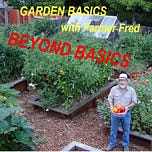

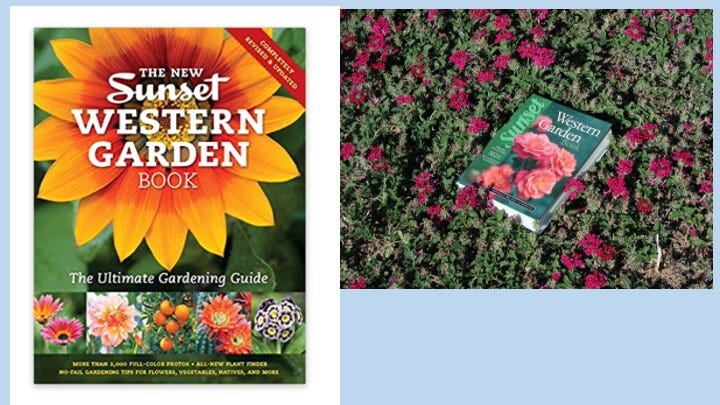
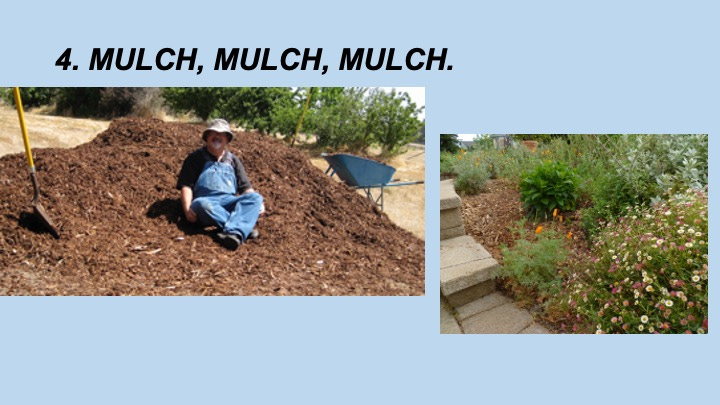

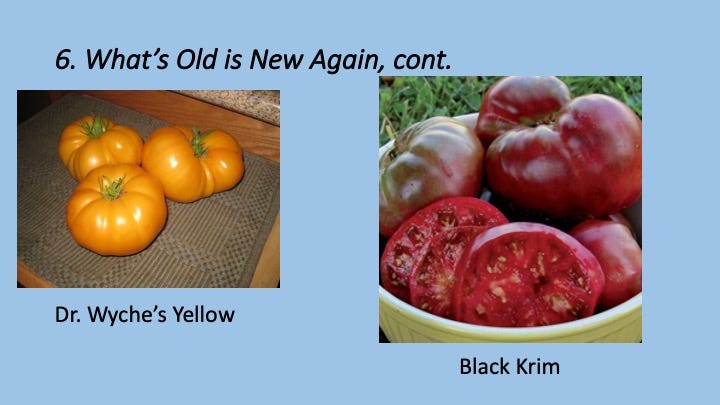
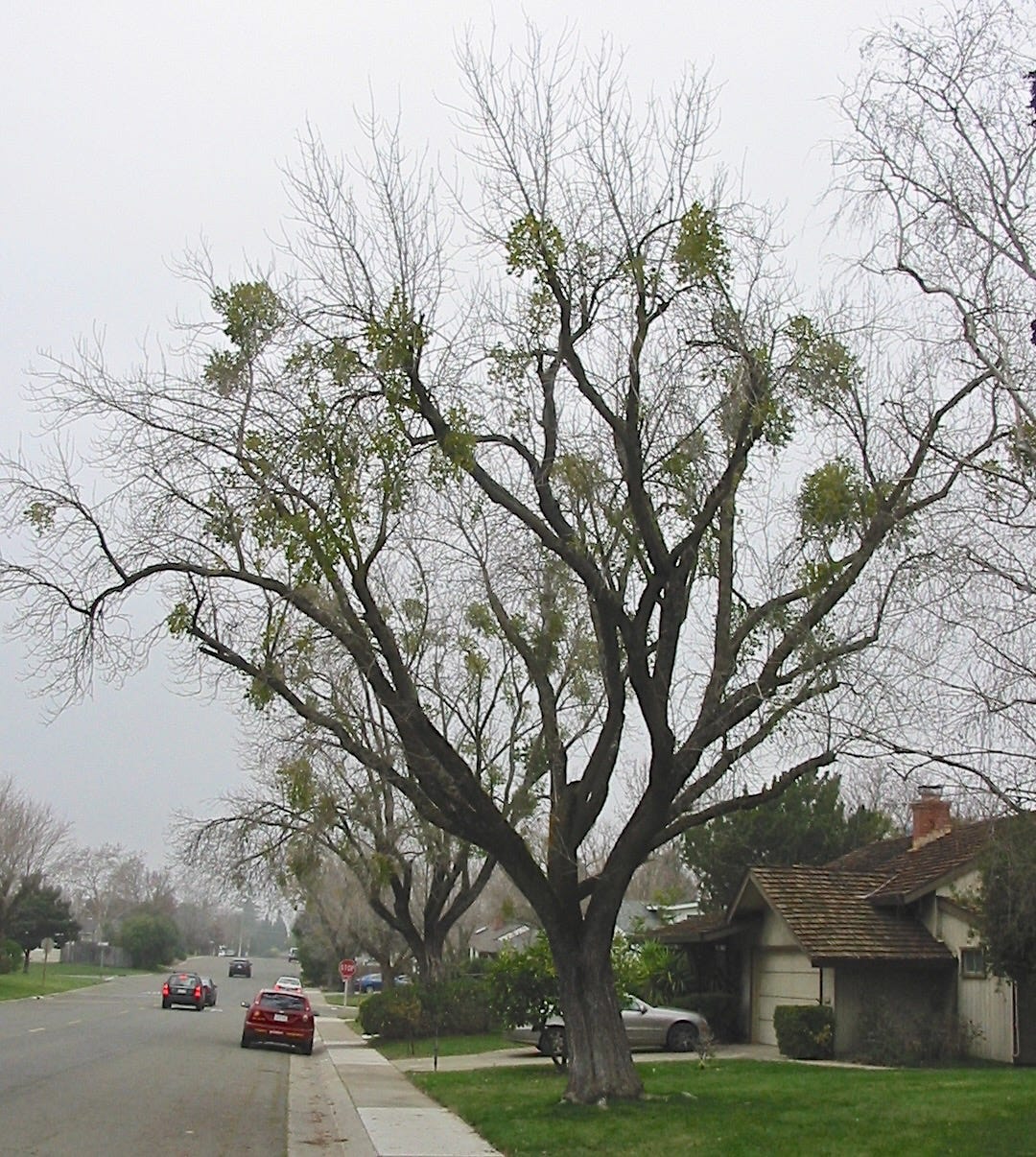

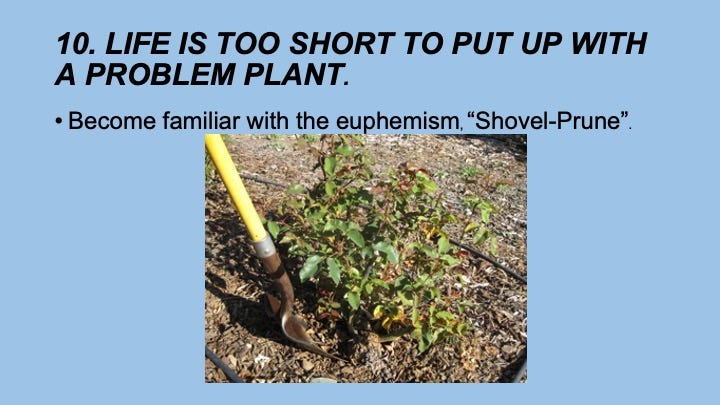
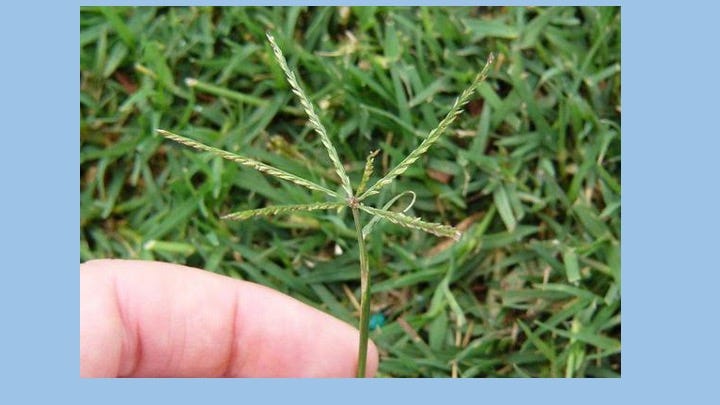


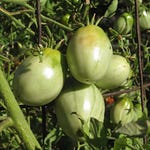







Share this post